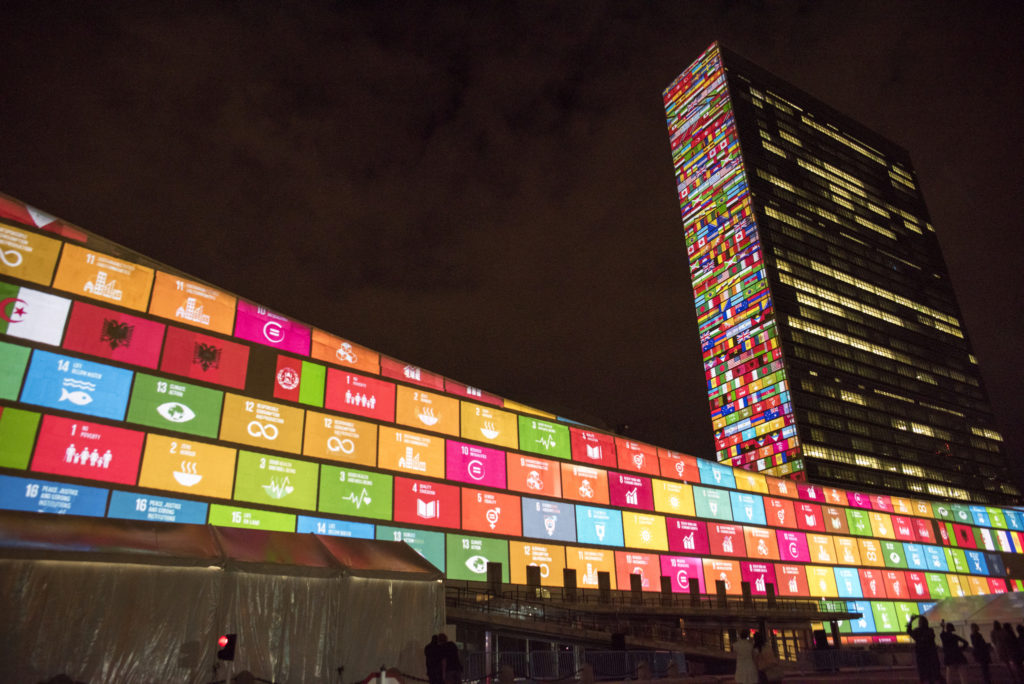
Roadmap to 2050: Global Transformation for a Sustainable Energy Future
Every dollar spent on the energy transition will pay off up to seven times, according to the International Renewable Energy Agency (IRENA). With adequate technology

Every dollar spent on the energy transition will pay off up to seven times, according to the International Renewable Energy Agency (IRENA). With adequate technology

The coal cost crossover is when renewables become less costly than using coal. A new report reveals that the USA has officially entered this point, whereby approximately 75% of coal production is more expensive than renewables, with the US coal industry to be completely out-competed on cost by 2025. However, how this energy transition will affect local communities remains unclear.

New rules on renewables, energy efficiency and the governance of the Energy Union have been signed off by the European Parliament – an important step in enabling the European Union and its Member States to embrace the clean energy transition, follow up on the already adopted 2030 climate legislation and meet the Paris Agreement.

The latest World Energy Outlook, the International Energy Agency’s flagship publication, details global energy trends and what possible impact they will have on supply and demand, carbon emissions, air pollution, and energy access.

An article by Lionel Nesta, Elena Verdolini and Francesco Vona With the striking exception of the USA, countries around the world are committed to the

The annual WEI report by the International Energy Agency provides the most comprehensive picture of the investment facts and trends that are shaping the energy landscape of tomorrow.

In its latest meeting in Montreal at the end of June, the U.N. aviation agency adopted the first set of rules needed to implement the global market-based system to offset CO2 emissions from international aviation.

Faith in progress through new technologies has been a driving force since the industrial revolution, but countries have come to realize the finiteness of natural resources: can we really resolve problems that were caused by the rise of industrial and technological progress with the same processes? Philippe Bihouix advocates for a development model in which “low technologies” would replace today’s “high-tech” world.

How do we meet the hunger, poverty, energy, growth goals while meeting the environmental goals? What are the synergies and trade-offs? What are the costs